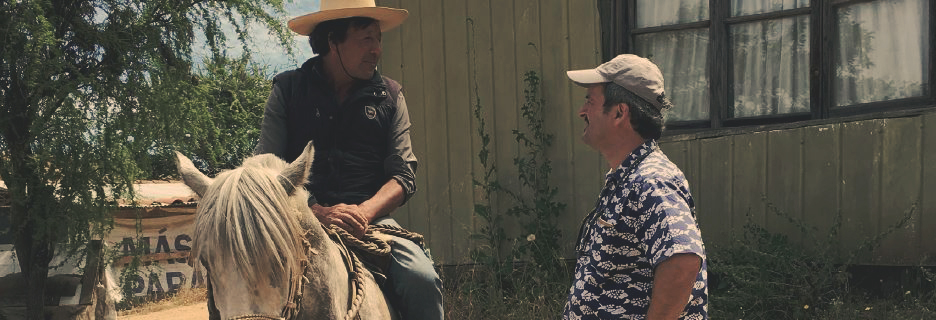
A Tale of the Landless
By Christina Schneider
I read an article on estate wine recently, which opened with a statement that went a little like this: “When you see a wine described as ‘estate’ on the label, it means it’s something pretty special and you can see it as a sign of quality”.
This made me think of two very different conversations I have had with two very different winemakers over the last few weeks. One of them was Elena Currado from Vietti, whose family has been making wine in Piedmont since the 19th Century. Elena was talking proudly about the winery’s heritage and their own vineyards, planted by her father-in-law and his father-in-law before that. She was also jokingly referring to her husband as a farmer, who spends more time in the vineyard than at home, and she kept stressing the importance of growing their own fruit. I was convinced the romantic, historic, family-owned estate winery was the real deal.
The other conversation was with Pilar Miranda, one third of the Garage Wine Co., who makes tiny quantities of single plot wines in the Maule and Maipo Valleys in Chile. Her story started about 10 years ago, when she, her husband Derek Mossman Knapp and their friend Alvaro Pena started making wine in their garage with just eight barrels, mostly by hand. Fruit was sourced from small growers who couldn’t supply the quantities that the ‘big guys’ were after and who sometimes didn’t even know what was growing in their fields.
Today Garage Wine Co. makes only 1,500 cases of wine from 11 different plots, many of which are field blends, and in the process they support a number of farmers who would otherwise have a hard time selling their fruit at fair prices. I was absolutely certain that this David versus Goliath model, supporting the little guy and promoting weird and wonderful grape varieties and field blends, was the real deal.
But wait! Surely they can’t both be right, right? I had to dig a little deeper…
The ‘real’ real deal
Most of us have grown up in the wine world, often considering those who buy grapes as the big, bad wolf: big Champagne houses and négociants making huge volumes of supermarket quality wines – and a lot of money doing so – on the back of the growers who do all the work, while getting little credit or money for it. Although producers like Louis Jadot and Bollinger make exceptional wines from bought fruit, we tend to believe that the best of wines can only come from those who are in total control of what happens in the vineyard and that for this to be the case, you have to own (or rent) the land.
Certainly, there is a lot of truth to that argument and no-one can debate that farming your own grapes is the only way to ensure that no shortcuts are ever taken. It also feels right to buy wine made by those who do all the work themselves, who get their hands dirty. Another reason customers might choose an estate-grown wine, is the sense of place that comes with it – being able to trace exactly where things come from has never been more important to people.
So estate-grown fruit is the real deal, the only real deal? Well, not quite…
Let’s head back to Pilar and Garage Wine Co. Big bad wolf? Certainly not. Control in the vineyard? Yes – and here it comes down to relationships. Some of the growers have worked with Pilar, Derek and Alvaro from the beginning; the farmers know exactly what they are looking for and doing. Those relationships are long-term partnerships, beneficial to both sides. As for the sense of place, every Garage wine comes with a plot number and a bottle number. The 11 plots they source from add up to around 4ha in total, which means the average size of a plot is a mere 0.35ha. I would say it doesn’t get more precise than that.
A landless identity
More and more ‘landless’ winemakers are popping up, and these are often young, innovative people who make up for their lack of funding with passion and ideas. Starting a winery from scratch isn’t easy – or cheap! Buying a vineyard is pretty much impossible, unless you’re a celebrity dreaming of making rosé in the south of France, or a hedge fund tycoon, realising your dream after watching Sideways.
Often, the only way to do it for fresh-out-of-school oenologists, ex-sommeliers or rebellious wine royalty offspring is to buy grapes and sometimes house-share with friendly winemakers, or even to buy juice or young wines; basically becoming micro-négociants, as they call it in Burgundy. The upside to this is easy to see: more innovation and more variety, being able to react to trends much quicker, making wine for the here and now. You want to make an orange Aligoté? If you had to buy the land, plant Aligoté, wait until you have decent fruit, buy Quevri, make wine and sell it, 10 years would have passed before any money comes in. And what if people are totally over orange Aligoté by then?
The sheer cost and the long time it takes often prevent estate winemakers from taking risks, and understandably so. The landless (and sometimes even winery-less) approach makes a lot of things possible that wouldn’t make sense for an estate winery. But there’s not just upsides for the consumer and the start-up winemaker. There’re also upsides for farmers, who might not own enough land to justify the investment of having a winery on it, or who might not even want to be a winemaker to start with.
In the end, it doesn’t really matter whether or not a winemaker owns land, but whether or not they care about what they do and whether they respect the terroir and the community around them. I’m sure Elena and Pilar would both agree.


